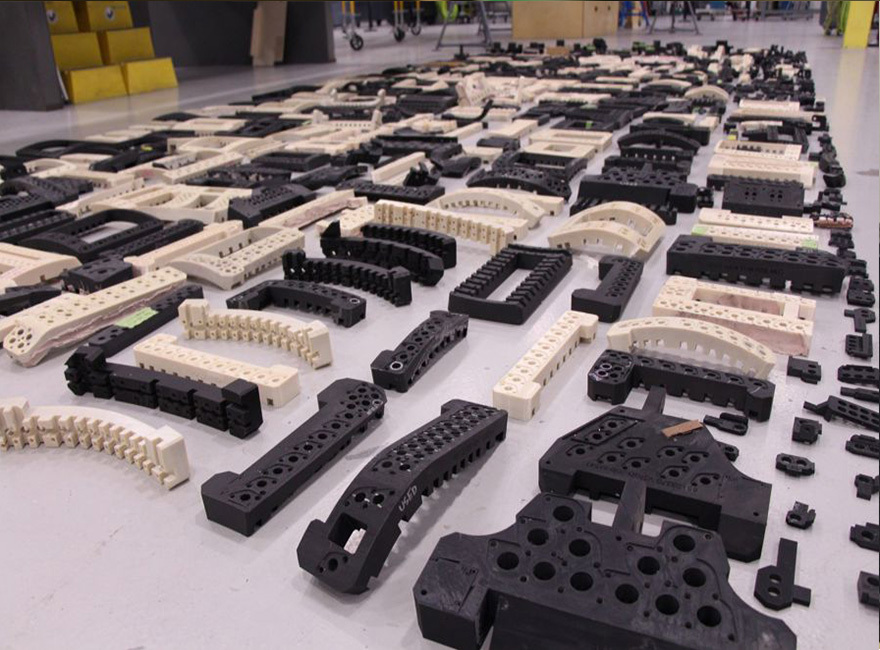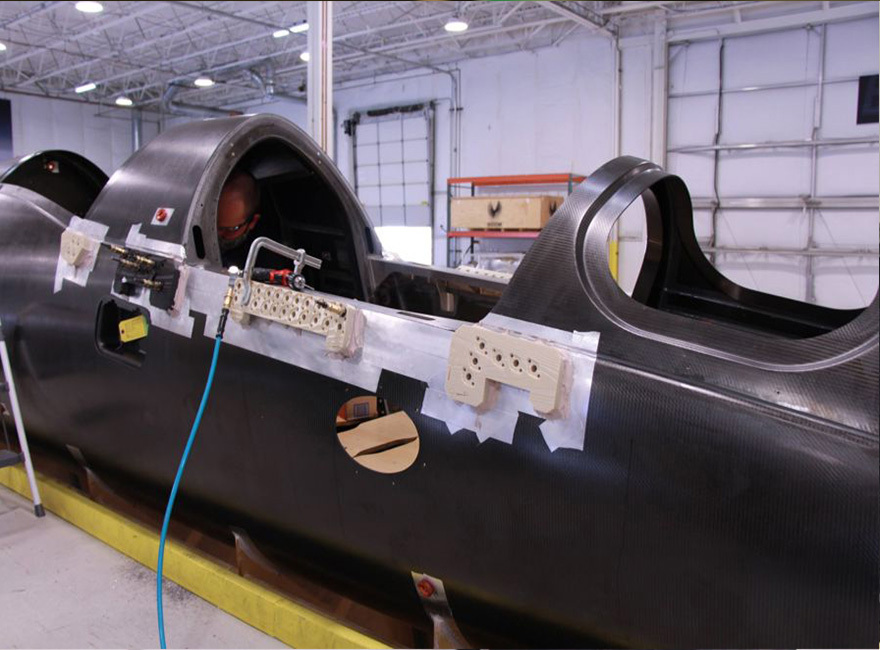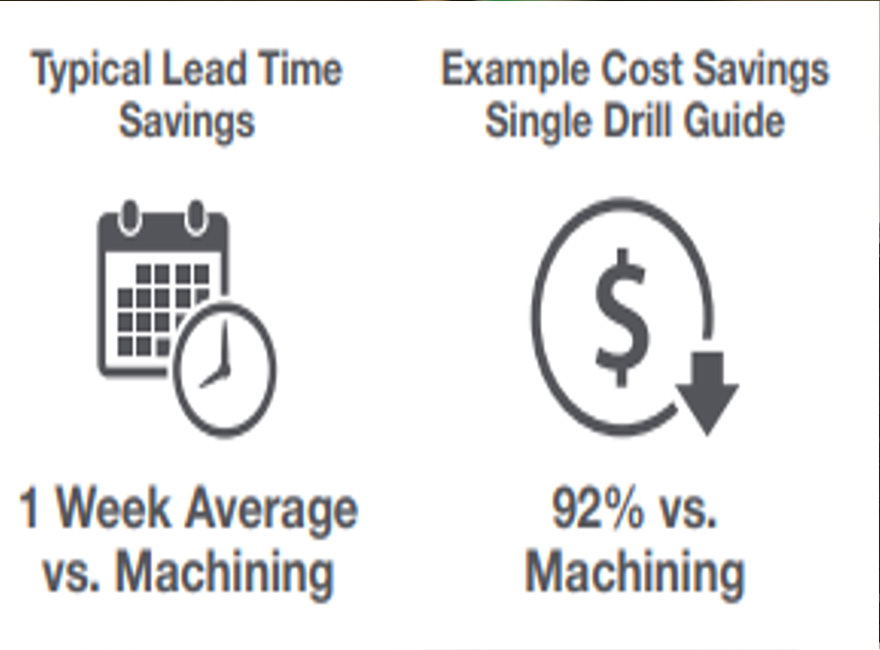Boom Supersonic is redefining commercial air travel by bringing sustainable, supersonic flight to the skies. Boom’s historic commercial airliner, Overture, is designed and committed to industry-leading standards of speed, safety, and sustainability. Overture will be net-zero carbon, capable of flying on 100% sustainable aviation fuels (SAF) at twice the speed of today’s fastest passenger jets. XB-1, a demonstrator aircraft, rolled out in 2020, and its net-zero carbon flight test program is underway.


